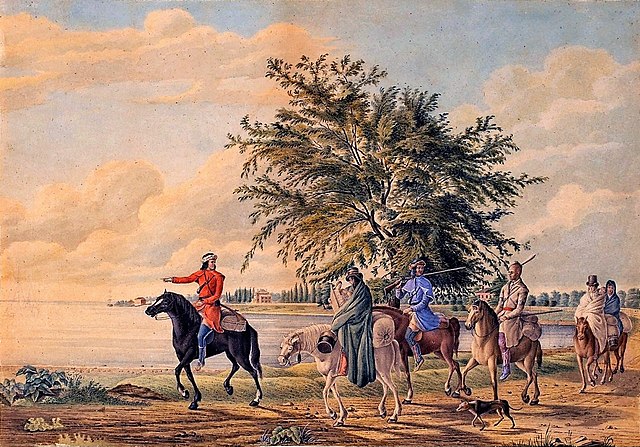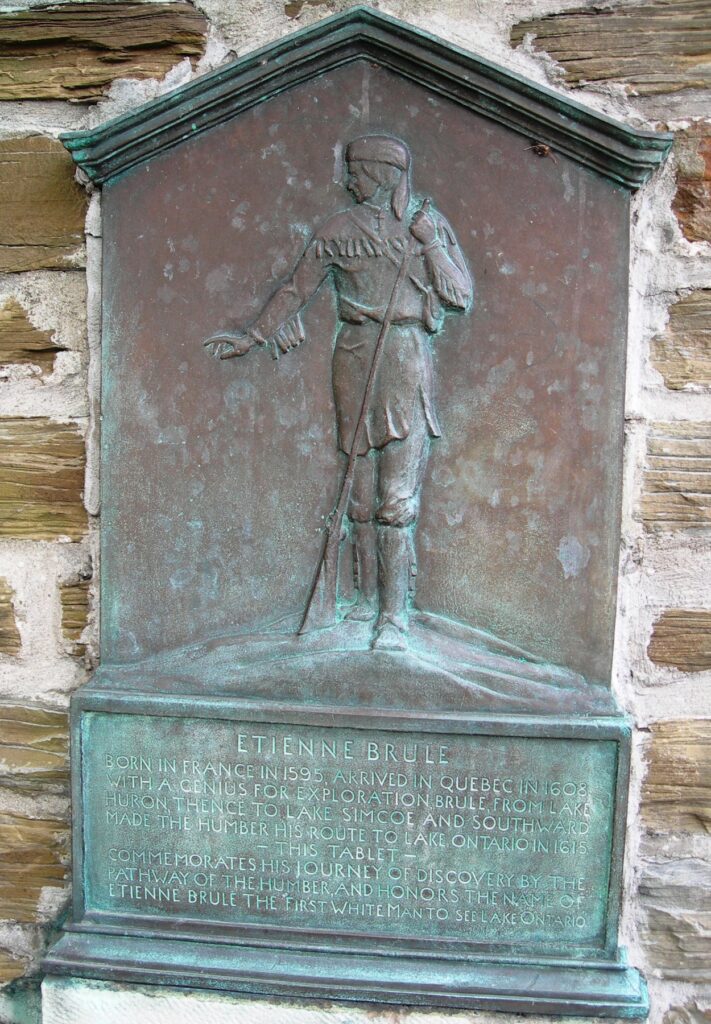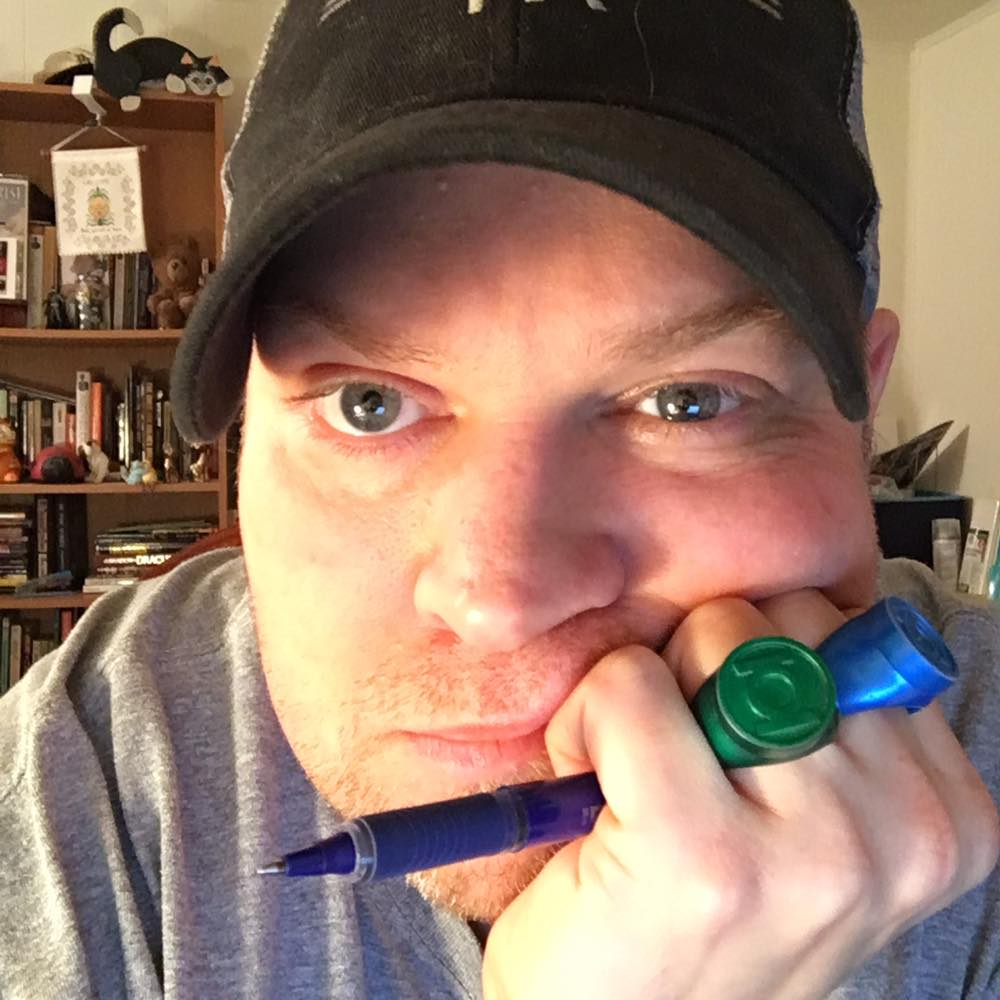
LYCOMING COUNTY – As the New Year is soon upon Lycoming County, at one time the county was considered the New World. A Frenchman by the name of Etienne Brule is credited as being the first European to visit the area when it was occupied by the Iroquois and Huron tribes.
Who was Etienne Brule and where in (what is now) Lycoming County did he visit?
Some historians question if it was even Brule. In “The History of Lycoming County”, that was edited by John F. Meginness in 1892, it was said that it “ can not be stated with any certainty when the first white man appeared in this valley. The story of Etienne (also Stephen) Brule, as related by Parkman, is somewhat indefinite.” The Parkman spoken of is Francis Parkman, a historian and author of the seven volume opus – “France and England in North America.” It was he who researched and uncovered Brule’s exploration of Pennsylvania.
Marlin Bressi, a Pennsylvanian writer and history author suggested that Captain John Smith, of Pocahontas fame, could have been the first one.
“John Smith might’ve beaten him by a few years, though it’s not clear how far Smith made it up the Chesapeake Bay in 1609. If Smith ever made it past Harrisburg, then I’d consider him the first,” Bressi said in an email exchange. “However, there’s no proof of that.”
What there is known of Brule, is pretty scant. Writer John Dickinson Sherman, in the Oct. 11, 1923, issue of the Fulton Democrat, confirmed there was “no portrait” of Brule or any records of his writings. However, there were “abundant references to him.” Sherman said Brule was “uneducated, impatient of discipline, neglectful of religious duties and that he lived among the Indians as one of them.”
He was referred to as “Brule the Interpreter” and a “pioneer of pioneers.”
Sherman said Brule was born in France in 1592 and at the age of 16, he went to Quebec with famed explorer Samuel de Champlain. “He left Champlain in 1610 to live with the Hurons (in what is now Ontario),” Sherman said. In that time, Brule apparently visited the Great Lakes and “vast mines of copper known to” the local Native Americans.
In 1615, Brule joined Champlain as an interpreter. Champlain asked Brule to “accompany a Huron advance party bound for the sources of the Susquehanna (River) to secure aid from the tribes” to join against the explorer’s conflict with the Iroquois.
According to Meginness’s book, “Just where (Brule) struck the headwaters of the Susquehanna is unknown, but there is no doubt that he descended that river. Some writers are of the opinion that he was at the fortification on Wolf run, near Muncy. If such was the case, he was undoubtedly the first white man to visit this section.”
Sherman added that Brule was, also, “the first white man to see Lake Ontario and to travel overland to the Chesapeake.”

Meginness’s book said that “as adventurers the French were bold, daring, and hardy. No dangers deterred them from penetrating the wilderness at that day in their efforts to secure territory for New France, and they met the natives in many instances and ingratiated themselves into their favor, when other Europeans would have shrunk from the task. Brule, however, had a hard time. He was taken prisoner by the Iroquois and suffered terribly from bad treatment.”
Sherman elaborated and said that when they began to strip him of his clothing and were readying to tie him to a stake, they saw he wore an Agnus Dei medallion. This featured a sheep with a halo holding cross. Its meaning is “lamb of God.”
“If you touch it,” Brule warned them, “you and all your tribe will die.”
And they believed him.
“Just then a thunderstorm threatened,” Sherman said. “Brule pointed to the black clouds as a sign of the anger of his God. The Iroquois fled, but returned to pay him honor and set him on his way home.”
When he returned to Quebec, it had been three years.
“He described the country and the people he had met (during those three years). He speaks of a palisaded town of the Andastes (another tribe) on the upper waters of the Susquehanna which contained a population of 800 warriors, or about 4,000 souls,” the writer in Meginness’s book said. It was said Brule “might have been mistaken in his estimate, as this would have been a very large population for an Indian town”
However, the writer said that if this village was “in what is now known as Muncy valley, it shows that the country at that time was as attractive to the Indians as it is to the whites of today.”
Brule returned to Quebec, and it was in 1828, that the city was in “dire straits,” Sherman said. The French pioneers had sent for assistance back in France, but the British seized upon it. The British fleet, under the command of Admiral David Kirke. Kirke had demanded Champlain surrender Quebec, but the French governor refused.
However in 1829, Kirke sailed “three ships up the river to Quebec, which promptly surrendered,” Sherman said. That came thanks to a “French pilot” which was Brule. While Brule was considered a traitor, Sherman pointed out that at the time the French garrison “had been reduced down to 16 men and the women and children were grubbing for roots.”
Yet in 1632, Quebec was given back to the French, Brule “went back to live with the Hurons” in what is now Simcoe County, Ontario. But this was not to last long. Sherman said there was “a sudden and mysterious quarrel.” At which point, he was murdered and historians heard rumors that parts of him had been eaten.
“Hurons were not cannibals. What really took place, probably, was that the Hurons put him to death for some offense against the tribe and ate his heart,” Sherman said. They did this so they might “secure for themselves his courage and qualities of leadership. That was their custom when they tortured to death a man with a great heart.”
Brule’s legacy seemed forgotten in recent years. Bressi, who has written about Brule for his own blog PAOddities.Blogspot.com, said that he always wondered why Brule was almost forgotten.
“I never understood why he never got as much recognition in the United States as he did in Canada,” Bressi said. “They’ve got schools named after him up there.”
Even back in 1923, Sherman said that even though Brule’s honors were “belated” and the recognition was “tardy,” Brule should be honored as a man of courage and leadership with a great heart.




